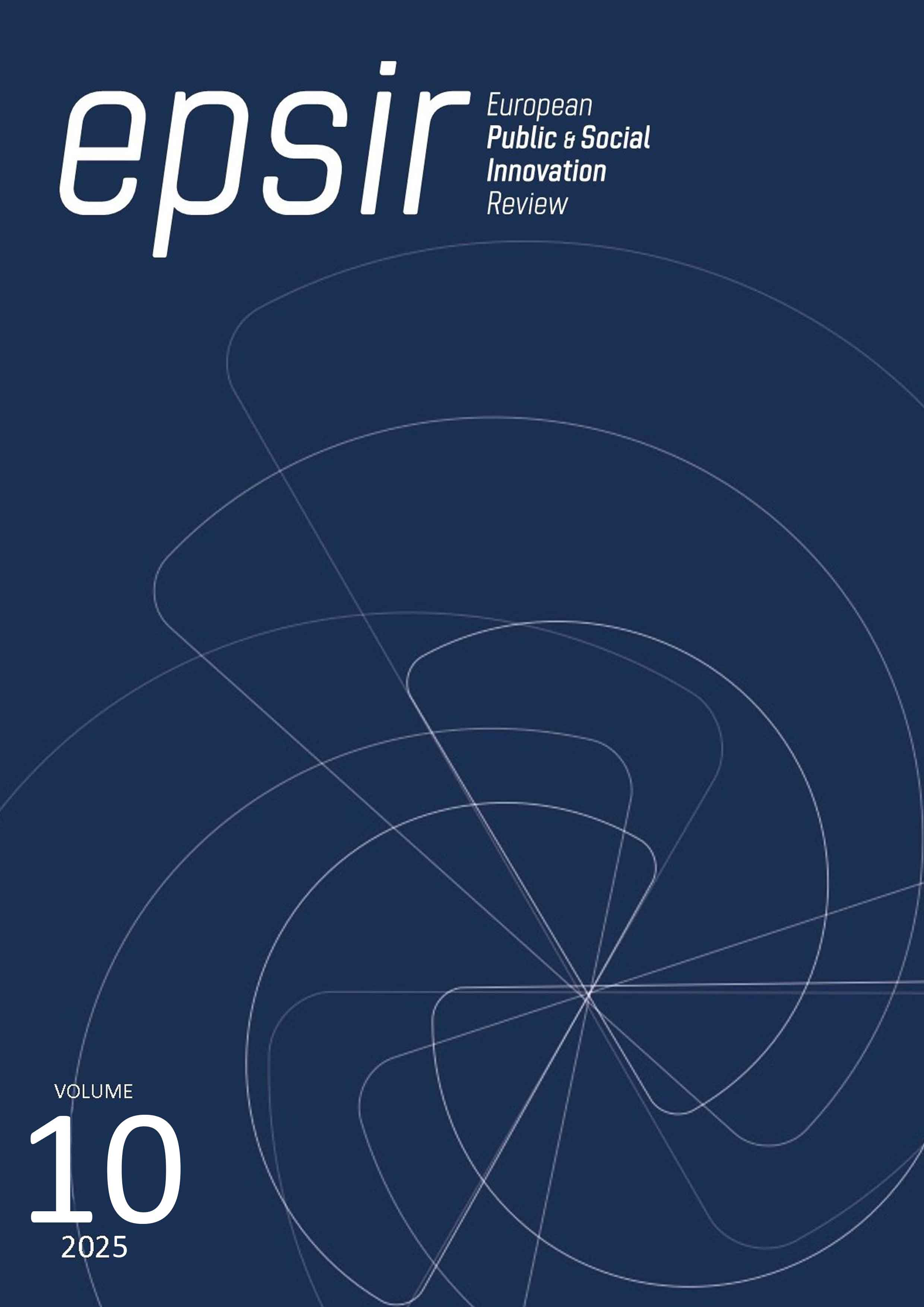Disminución de plomo de residuos anódicos MnO2 por descomposición térmica y lixiviación con acetato de amonio
DOI:
https://doi.org/10.31637/epsir-2025-1900Palabras clave:
Dióxido de Manganeso, Anglesita, Litargirio, descomposición térmica, lixiviación, acetato de amonio, óxido de plomoResumen
Introducción: El residuo anódico de MnO2 se genera en el proceso de electrólisis para producir láminas de zinc catódico. Este residuo, que contiene un 12% de compuestos de Pb, se forma durante las limpiezas periódicas de los ánodos y las celdas, evitando interferencias en la producción de zinc. Metodología: La muestra de MnO2 fue analizada mediante Difracción de Rayos-X (DRX) para determinar los compuestos presentes y los tamaños de cristalitos. Se realizó una descomposición térmica en horno tipo Mufla para aumentar la cristalinidad del MnO2, facilitando la remoción del plomo. Posteriormente, se realizaron pruebas de lixiviación con acetato de amonio. Resultados: El análisis DRX indicó la presencia de Dióxido de Manganeso alfa (α-MnO2), Anglesita (PbSO4) y Litargirio (PbO). El tamaño del cristalito de α-MnO2 pasó de 14.82 nm a 256.9 nm después de la descomposición térmica. La lixiviación con acetato de amonio permitió reducir el plomo en un 61%. Discusión y Conclusiones: La caracterización FESEM mostró cambios en morfología y tamaños de partícula tras la descomposición térmica. La lixiviación eliminó eficazmente el plomo, generando PbO como subproducto y cumpliendo con la normativa ambiental.
Descargas
Citas
Dube, R. K. (2006). The extraction of lead from its ores by the iron-reduction process: A historical perspective. JOM, 58(10), 18-23. https://doi.org/10.1007/s11837-006-0195-5 DOI: https://doi.org/10.1007/s11837-006-0195-5
Habashi, F. (2005). A short history of hydrometallurgy. Hydrometallurgy, 79(1-2), 15-22. https://doi.org/10.1016/j.hydromet.2004.01.008 DOI: https://doi.org/10.1016/j.hydromet.2004.01.008
Song, J., Liu, M., Ma, X., Tian, Q., Feng, J., Zhong, X. y Duan, F. (2023). Thermal decomposition behavior and computational analysis of alpha and beta manganese dioxide nanorods. Journal of Alloys and Compounds, 962, 171208. https://doi.org/10.1016/j.jallcom.2023.171208 DOI: https://doi.org/10.1016/j.jallcom.2023.171208
Tang, B., Yang, F., Chen, C., Shi, C., Wang, B., Li, J. y Zhang, D. (2024). Asymmetric structural tuning of industrial MnO 2 arrays on a hierarchical lead-based anode for manganese metallurgy. Green Chemistry, 26(3), 1587-1597. https://doi.org/10.1039/D3GC04402E DOI: https://doi.org/10.1039/D3GC04402E
Tang, J. G. y Han, Z. C. (2005). Investigation on process mineralogy of manganese anode slime and impurity removal. Journal of Mining and Metallurgy, 14, 75-78. https://api.semanticscholar.org/CorpusID:100963295
Tao, C. Y., Li, D. H., & Liu, Z. H. (2011). Activation and purification of electrolytic-manganese anode slime and its application. Battery Bimonthly, 9, 121-124. https://caod.oriprobe.com/order.htm?id=28738008&ftext=base
Xie, H., Zhang, L., Chen, G., Koppala, S., Li, S., Wang, Y. y Long, H. (2019). High temperature roasting combined with ultrasonic enhanced extracting lead from electrolytic manganese anode mud. Materials Research Express, 6(10), 105530. http://dx.doi.org/10.1088/2053-1591/ab3d5b DOI: https://doi.org/10.1088/2053-1591/ab3d5b
Ye, W., Xu, F., Jiang, L., Duan, N., Li, J., Ma, Z., Zhang, F. y Chen, L. (2021). Lead reléase kinetics and film transformation of Pb-MnO2 pre-coated anode in long-term zinc electrowinning. Journal of Hazardous Materials, 408, 124931. https://doi.org/10.1016/j.jhazmat.2020.124931 DOI: https://doi.org/10.1016/j.jhazmat.2020.124931
Zhang, F., Duan, N., Zuo, J., Jiang, L., Li, J., Zhuang, S., Yong, L. y Xu, F. (2023). Fe doped γ-MnO2 of anode for lead release inhibition in zinc electrowinning. Chemical Engineering Journal, 476, 146475. https://doi.org/10.1016/j.cej.2023.146475 DOI: https://doi.org/10.1016/j.cej.2023.146475
Zhang, H., Bi, Y., Chen, X., Huang, L. y Mu, L. (2016). Treatment and characterization analysis of electrolytic manganese anode slime. Procedia Environmental Sciences, 31, 683-690. https://doi.org/10.1016/j.proenv.2016.02.125 DOI: https://doi.org/10.1016/j.proenv.2016.02.125
Descargas
Publicado
Cómo citar
Número
Sección
Licencia
Derechos de autor 2025 Orfelinda Avalo Cortez, Miguel Jaime Martínez Coronel, David Pedro Martínez Aguilar, Edwilde Yoplac Castromonte, Julio Uza Teruya

Esta obra está bajo una licencia internacional Creative Commons Atribución-NoComercial-SinDerivadas 4.0.
Authors who publish with this journal agree to the following terms:- Authors retain copyright and grant the journal right of first publication with the work simultaneously licensed under Creative Commons Non Commercial, No Derivatives Attribution 4.0. International (CC BY-NC-ND 4.0.), that allows others to share the work with an acknowledgement of the work's authorship and initial publication in this journal.
- Authors are able to enter into separate, additional contractual arrangements for the non-exclusive distribution of the journal's published version of the work (e.g., post it to an institutional repository or publish it in a book), with an acknowledgement of its initial publication in this journal.
- Authors are permitted and encouraged to post their work online (e.g., in institutional repositories or on their website) prior to and during the submission process, as it can lead to productive exchanges, as well as earlier and greater citation of published work (See The Effect of Open Access).




